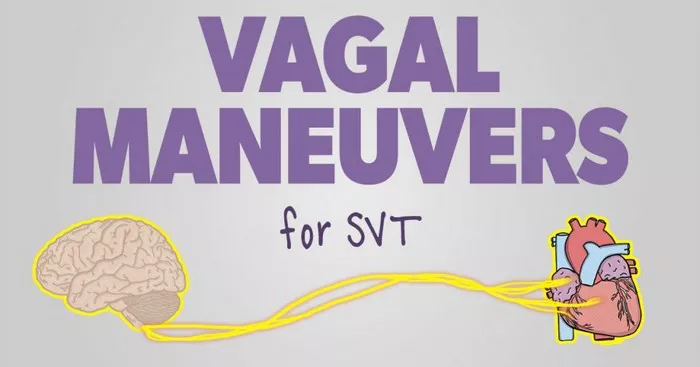Heart arrhythmia is a condition that affects the rhythm or rate of your heartbeat, causing it to be too fast, too slow, or irregular. It’s a common cardiovascular disorder that can have significant implications for your health, including the potential risk of stroke. In this comprehensive article, we’ll delve into the connection between heart arrhythmia and stroke, exploring the mechanisms, risk factors, prevention strategies, and treatment options available.
Understanding Heart Arrhythmia
Before we dive into the stroke connection, let’s first understand what heart arrhythmia is and how it can manifest. The heart relies on a well-coordinated electrical system to beat regularly and pump blood efficiently throughout the body. When this system is disrupted, it can lead to irregular heartbeats known as arrhythmias.
Arrhythmias can take various forms, including:
Atrial Fibrillation (AFib): This is the most common type of arrhythmia, characterized by rapid and irregular contractions of the atria, the heart’s upper chambers.
Bradycardia: This is a slow heart rhythm, typically defined as a heart rate below 60 beats per minute.
Tachycardia: This refers to a rapid heart rate, often exceeding 100 beats per minute.
The Stroke Connection
One of the significant concerns associated with certain types of arrhythmias, particularly atrial fibrillation, is the increased risk of stroke. Atrial fibrillation can lead to the formation of blood clots in the heart’s chambers, primarily the left atrial appendage. These clots can then dislodge and travel through the bloodstream, potentially reaching the brain and causing a stroke.
The process of how atrial fibrillation can cause a stroke can be understood as follows:
Blood Clot Formation: In atrial fibrillation, the irregular contractions of the atria can cause blood to pool in the atrial appendage, creating an environment conducive to clot formation.
Clot Dislodgment: When a clot forms, there is a risk that it may break off from the heart wall.
Travel to the Brain: Once dislodged, the clot can travel through the bloodstream until it reaches a blood vessel in the brain that is too small for it to pass through.
Obstruction and Stroke: The clot can then block blood flow to a part of the brain, leading to a stroke.
Risk Factors for Stroke in Heart Arrhythmia
Several factors can increase the likelihood of a stroke occurring as a result of heart arrhythmia:
Duration and Severity of Arrhythmia: Prolonged and severe cases of atrial fibrillation or other arrhythmias can heighten the risk of clot formation.
Age: Older individuals are at a higher risk of both atrial fibrillation and stroke.
Previous Stroke or Transient Ischemic Attack (TIA): A history of stroke or TIA indicates an increased vulnerability to subsequent strokes.
High Blood Pressure: Hypertension can contribute to the development of both arrhythmias and stroke.
Diabetes: Uncontrolled diabetes is a risk factor for cardiovascular complications, including stroke.
Heart Disease: Conditions such as coronary artery disease and heart failure can further complicate the relationship between arrhythmias and stroke.
Obesity: Excess weight can exacerbate cardiovascular risk factors, including high blood pressure and diabetes.
Preventive Measures And Treatment Options
Given the potentially serious consequences of stroke in individuals with heart arrhythmia, preventive measures and appropriate treatment strategies are crucial. Here are key steps to mitigate the risk:
Anticoagulant Therapy: Patients with atrial fibrillation may benefit from anticoagulant medications (blood thinners) to reduce the formation of blood clots.
Rate and Rhythm Control: Managing heart rate and restoring normal heart rhythm through medications or procedures like cardioversion can help reduce stroke risk.
Lifestyle Modifications: Adopting a heart-healthy lifestyle, including regular exercise, a balanced diet, smoking cessation, and moderation of alcohol intake, can contribute to overall cardiovascular wellness.
Monitoring and Compliance: Regular monitoring of heart rhythm and adherence to prescribed medications are essential for managing arrhythmias effectively.
Stroke Awareness and Preparedness: Educating patients about stroke symptoms, such as sudden weakness or numbness, difficulty speaking or understanding speech, and severe headache, can facilitate early recognition and prompt medical intervention.
Conclusion
In conclusion, the relationship between heart arrhythmia and stroke underscores the importance of proactive management and targeted interventions. By understanding the mechanisms behind stroke development in individuals with arrhythmias and addressing modifiable risk factors, healthcare providers can strive to minimize the impact of these conditions on patients’ lives.
Through a comprehensive approach that integrates medical therapy, lifestyle modifications, and patient education, the risk of stroke in the context of heart arrhythmia can be effectively mitigated, promoting better cardiovascular outcomes and quality of life.

